Greenhouse gas emission limits In , the Washington Legislature set new greenhouse gas emission limits in order to combat climate change Under the law, the state is required to reduce emissions levels reduce to 1990 levels 30 45% below 1990 levels 40 US greenhouse gas emissions drop under Trump, but climate experts aren't celebrating Climate activists believe Biden's plan may blunt the worst of global warming Carbon dioxide (CO 2) is the primary greenhouse gas emitted through human activitiesIn 14, CO 2 accounted for about 809% of all US greenhouse gas emissions from human activities Carbon dioxide is naturally present in the atmosphere as part of the Earth's carbon cycle (the natural circulation of carbon among the atmosphere, oceans, soil, plants, and animals)

No Progress Made To Reduce U S Greenhouse Gas Emissions Ecori News
Us greenhouse gas emissions chart
Us greenhouse gas emissions chart- Study Clarifies US Beef's Resource Use and Greenhouse Gas Emissions By Jan Suszkiw WASHINGTON, DC, —A fuller picture is emerging of the environmental footprint of beef in the United States An Agricultural Research Service ()led team has completed a comprehensive lifecycle analysis quantifying the resource use and various environmental emissions The majority of greenhouse gas emissions from US household transportation are created domestically, as measured in megatons of carbon dioxide equivalent Chart by The Conversation, CCBYND
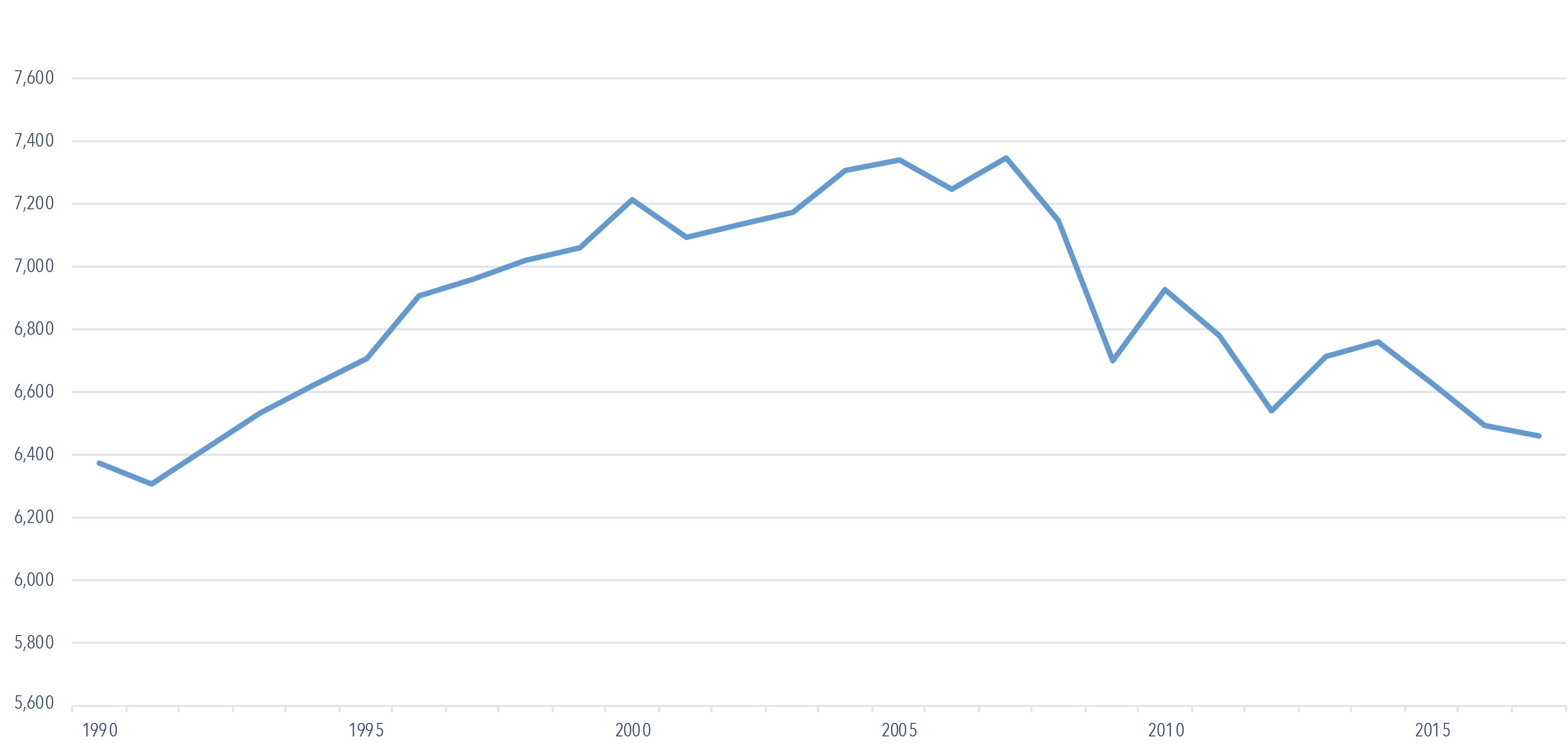



Us Pledges To Slash Greenhouse Emissions Coffs Coast Outlook
This is a list of US states and territories by carbon dioxide emissions due to human activity The data presented below are energyrelated greenhouse emissions (CO 2 equivalent) only, published by the US Energy Information Administration (17 data) These data do not include emissions from other activity such as agriculture, industrial processes, or waste management From 12 to 13, the top two global emitters, China and the United States, saw the largest single year percentage increase in greenhouse gas emissions, with a rise of 43% and 14% respectively Even with that growth of emissions from 1213 by top emitters, their combined emissions have remained the same for the past decadeThis chart shows the change in global greenhouse gas emissions over time Greenhouse gases are measured in 'carbon dioxideequivalents' (CO 2 e) Today, we collectively emit around 50 billion tonnes of CO 2 e each year This is more than 40% higher than emissions in 1990, which were around 35 billion tonnes
This graph displays the breakdown of greenhouse gas (GHG) emissions by economic sector GHG emissions from the transportation sector increased 233% from 1990 to 18 This growth contrasts with the electricity sector, which was the highestemitting sector until transportation surpassed it in 17The first interactive chart shows per capita greenhouse gas emissions This is measured as the sum of all greenhouse gases, and given by a metric called 'carbon dioxide equivalents' This is measured as the sum of all greenhouse gases, and given by a The US Environmental Protection Agency estimated that agriculture and forestry together accounted for 105 percent of US greenhouse gas emissions in 18 This includes carbon dioxide (CO2) emissions associated with agricultural electricity consumption The greenhouse gases with the largest contributions to rising temperature are CO2, methane (CH4),
Climate change US emissions in in biggest fall since WWII US greenhouse gas emissions tumbled below their 1990 level for the firsttime last year as Scottish Greenhouse Gas Emissions, Comparison of and Inventories Values in MtCO2e There has been a cumulative upwards revision between and across the entire time series The emissions in the Baseline have been revised upwards by 61 MtCO2e (87 per cent) Chart D5 The transportation sector is one of the largest contributors to anthropogenic US greenhouse gas (GHG) emissions According to the Inventory of US Greenhouse Gas Emissions and Sinks 1990–19 (the national inventory that the US prepares annually under the United Nations Framework Convention on Climate Change), transportation accounted for the largest portion (29%) of total US
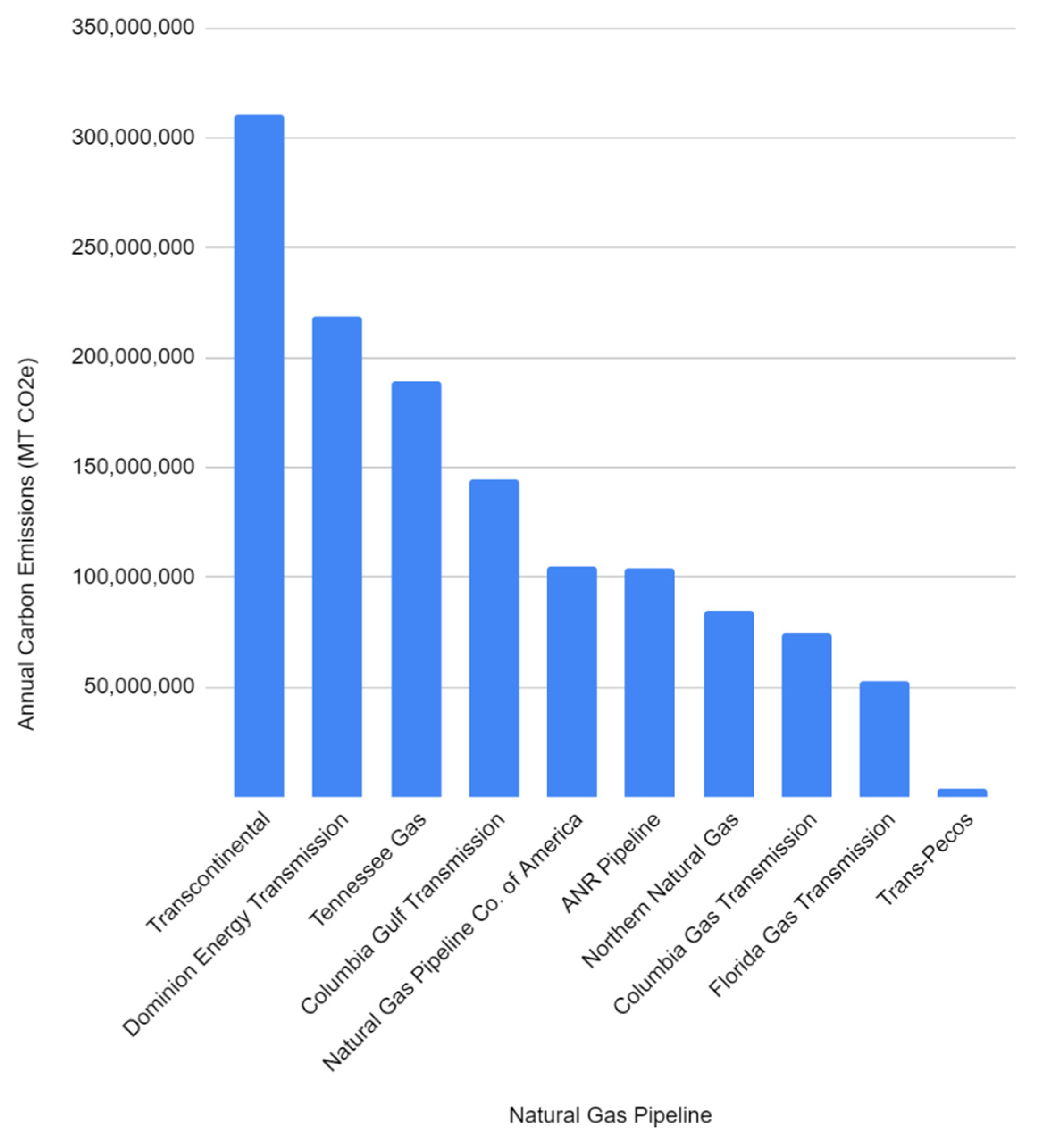



Energies Free Full Text U S Greenhouse Gas Emission Bottlenecks Prioritization Of Targets For Climate Liability
/cdn.vox-cdn.com/uploads/chorus_asset/file/16185122/gw_graphic_pie_chart_co2_emissions_by_country_2015.png)



Climate Change Animation Shows Us Leading The World In Carbon Emissions Vox
This interactive chart shows the yearonyear growth rate in global CO 2 emissions A positive figure in a given year indicates that emissions were higher than the previous year A negative figure indicates they were lower than the year before For example, a change of 15% indicates that global emissions were 15% higher than the previous year –15% would mean they were 15% lower Greenhouse gas emissions are greenhouse gases vented to the Earth's atmosphere because of humans the greenhouse effect of their 50 billion tons a year causes climate changeMost is carbon dioxide from burning fossil fuels coal, oil and natural gasThe largest polluters include coal in China and large oil and gas companies, many stateowned by OPEC and Chart B5 contains information on the reductions in greenhouse gas emissions in every National Communication category over the entire time period, with Chart B6 containing the same information for the latest year Chart B2 Main Sources of Greenhouse Gas Emissions in Scotland, 1990 to 18 Values in MtCO 2 e Main Points




No Progress Made To Reduce U S Greenhouse Gas Emissions Ecori News




Greenhouse Gas Emissions Are Set To Rise Fast In 21 The Economist
Industry (21% of 10 global greenhouse gas emissions) Greenhouse gas emissions from industry primarily involve fossil fuels burned on site at facilitiesThe City of New York has committed to reducing its greenhouse gas (GHG) emissions 80 percent by 50, compared to 05 levels We have further committed to do our part to fulfill the Paris Agreement by accelerating our progress and developing strategies Under the Paris Agreement in 15, Obama committed the US to reduce greenhouse gas emissions 2628% by 25, from 05 levels In 19, emissions were 12% down on 05 levels "If we're going to meet the goals of the Paris Agreement, the United States needs to be doing a lot more than it has been doing," Kennedy said
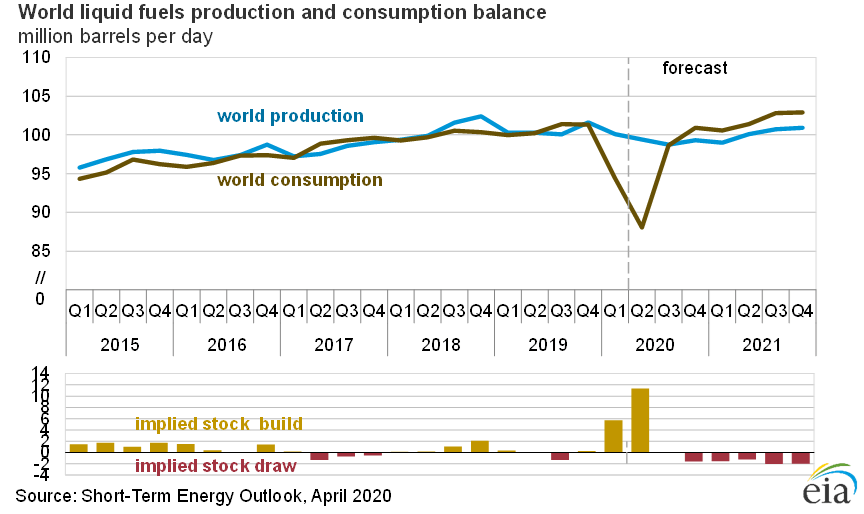



Forecast U S Greenhouse Gas Emissions To Fall 7 5 Percent In Mpr News




Pie Chart Of U S Carbon Dioxide Emissions By Source 34 Is From Electricity 34 Is From Transportation Greenhouse Gases Greenhouse Gas Emissions Fossil Fuel
You can visit other EPA pages to learn more about EPA's national inventory and how it relates to EPA's Greenhouse Gas Reporting Program To view a graph, you can either pick from the full list in the Index of Charts or create a graph by choosing options from the five dropdown menus below Some dropdown menu options are unavailable and may beFor years, US states and regions have been addressing climate change in the absence of stronger federal action A wide range of policies have been adopted at the state and regional levels to reduce greenhouse gas emissions, develop clean energy resources, promote alternative fuel vehicles, and promote more energyefficient buildings and appliances, among other thingsDescription Variwide chart of greenhouse gas emissions per capita by countrysvg English Chart showing greenhouse gas emissions (including LULUCF) per capita, by country, for countries with the most total emissions, with the area of each column showing total emissions Data source Historical GHG Emissions / Global Historical Emissions
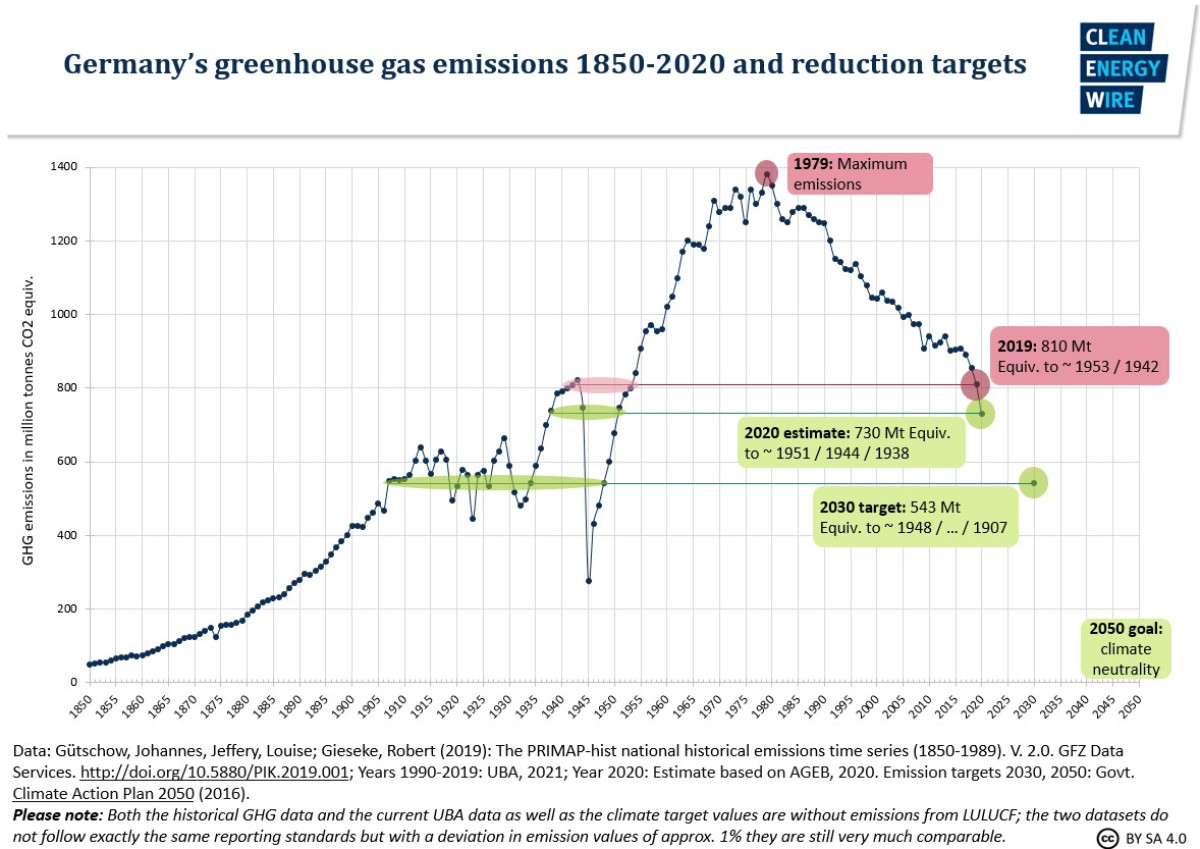



Germany S Greenhouse Gas Emissions And Energy Transition Targets Clean Energy Wire




List Of Countries By Greenhouse Gas Emissions Per Person Wikipedia
Index of Charts The Data Explorer presents data from EPA's annual Inventory of US Greenhouse Gas Emissions and Sinks Use the table below to navigate to overview graphs, graphs by gas details, specific economic sectors, and Inventory sectors and subsectors You can filter the list by topic area using the checkboxes, search for a graph byThe California greenhouse gas (GHG) Inventory compiles statewide anthropogenic GHG emissions The graphs below provide a summary of emissions data for 18 or for the time series of 0018 All GHG inventory data is available on The US is the secondlargest greenhouse gas emitter, following China Last month, President Barack Obama pledged to cut America's greenhouse gas emissions by up to 28 percent below 05 levels



Chart Eu And Us Slash Greenhouse Gas Emissions Statista
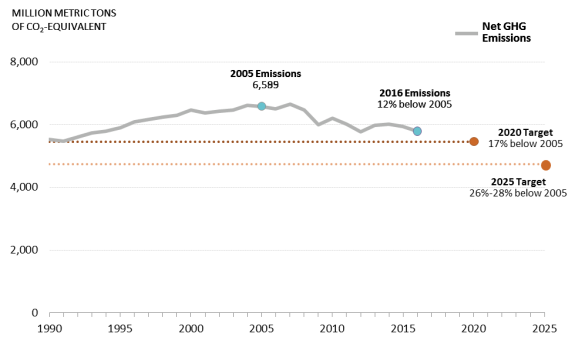



U S Carbon Dioxide Emissions In The Electricity Sector Factors Trends And Projections Everycrsreport Com
6 Charts Show How Percent Of US States Generate 50 Percent Of Emissions As major global greenhouse gas emitters, US states have the economic heft and legislative authority to move the United States toward much lower emissions and cleaner energy, despite the Trump administration's impotence and obstructionism at the federal level 19 UK greenhouse gas emissions final figures xlsx and ods data tables updated New annex added final emissions by end user and fuel type 2 February 21In this post I present only one chart, but it is an important one – it shows the breakdown of global greenhouse gas emissions in 16 2 This is the latest breakdown of global emissions by sector, published by Climate Watch and the World Resources Institute 3, 4




U S Ghg Emissions At Lowest Level In Years Climate Central




Greenhouse Gas Emissions Plunged 17 Percent During Pandemic The Washington Post
The image shows all human contributions to greenhouse gas emissions Energy use is by far responsible for the majority of greenhouse gases Most activities produce greenhouse gases both directly, through onsite and transport use of fossil fuels, and indirectly from heat and electricity that comes "from the grid" All emissions data is from 03 Electricity and Heat Production (25% of 10 global greenhouse gas emissions) The burning of coal, natural gas, and oil for electricity and heat is the largest single source of global greenhouse gas emissions; US territories (04%) The United States produced 66 billion metric tons of carbon dioxide equivalent greenhouse gas (GHG) emissions in 19, the second largest in the world after greenhouse gas emissions by China and among the countries with the highest greenhouse gas emissions per person




U S Greenhouse Gas Emissions Spiked 2 Percent In 13 Climate Central




Carbon Emissions See Big Two Year Drop The New York Times
In 11, EPA and NHTSA established the heavyduty national program (known as the Phase 1 standards), the world's first harmonized greenhouse gas emissions standards and fuel economy standards for onroad heavyduty vehicles of model years 1418 The Phase 1 standards applied to combination tractors, heavyduty pickup trucks and vans, and Key findings from the US Inventory include In 19, US greenhouse gas emissions totaled 6,558 million metric tons of carbon dioxide equivalents, or 5,769 million metric tons of carbon dioxide equivalents after accounting for sequestration from the land sector The world's countries emit vastly different amounts of heattrapping gases into the atmosphere The chart above and table below both show data compiled by the International Energy Agency, which estimates carbon dioxide (CO 2) emissions from the combustion of coal, natural gas, oil, and other fuels, including industrial waste and nonrenewable municipal waste
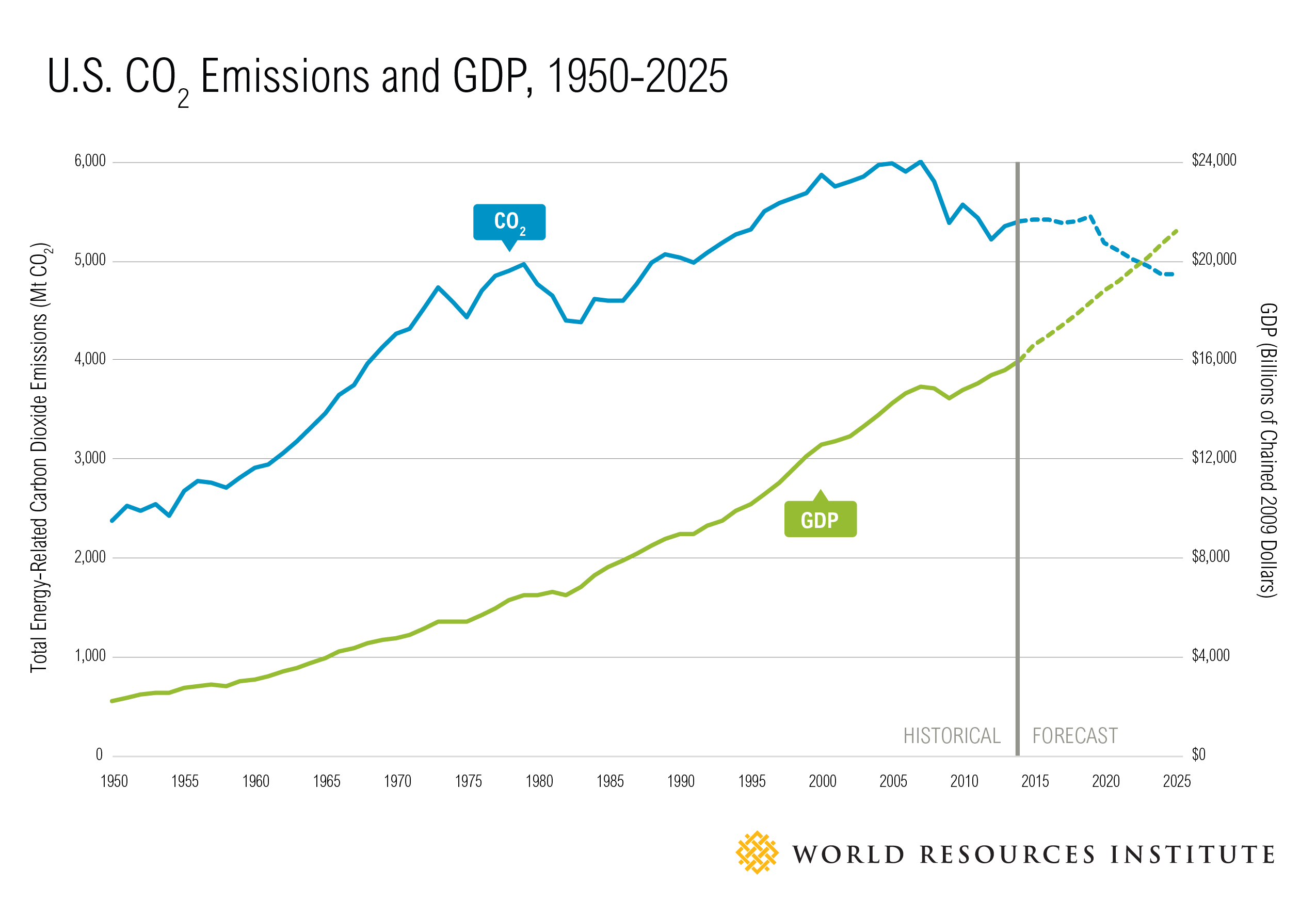



21 Countries Are Reducing Carbon Emissions While Growing Gdp Ecosystem Marketplace




Our Carbon Footprint Sustainability Alameda County
This is a list of countries by total greenhouse gas (GHG) emissions per capita by year It provides data based on a productionbased accounting of emissions of carbon dioxide, methane, nitrous oxide, perfluorocarbon, hydrofluorocarbon, and sulfur hexafluoride (meaning emissions within the territory of the given country), compiled by the World Resources Institute and divided by the The decision by a district court in the Hague is the first ruling that compels a company to reduce greenhouse gas emissions, which scientists say are pushing global temperatures higher and causing a wide range of catastrophic consequences The court ruled that Royal Dutch Shell must cut its carbon emissions 45 percent by 30 from 19 levels 1 Greenhouse Gas Emissions Overview 11 Total emissions Total US anthropogenic (humancaused) greenhouse gas emissions in 09 were 58 percent below the 08 total ()The decline in total emissions—from 6,9 million metric tons carbon dioxide equivalent (MMTCO 2 e) in 08 to 6,576 MMTCO 2 e in 09—was the largest since emissions




Can The U S Meet Its Climate Change Goal World Resources Institute
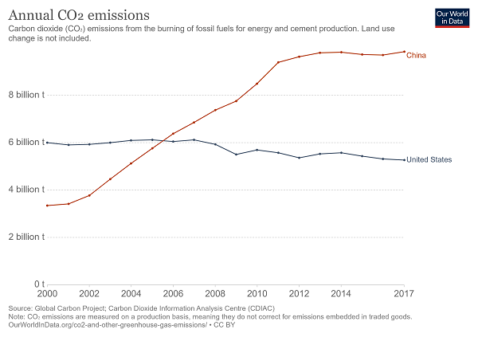



Where Are Us Emissions After Four Years Of President Trump
You are About to View Greenhouse Gas (GHG) Emissions Data from Large Facilities Important Information about this Data Set This data set does not reflect total US GHG emissions The data was reported to EPA by facilities as of US energyrelated CO2 emissions decreased 28% (150 million metric tons) in 19 and were close to 17 levels Energy‐related CO2 emissions in the United States decreased by 28% (150 million metric tons MMmt) from 5,281 MMmt inBut CO 2 is not the only greenhouse gas Others, including methane and nitrous oxide, have also had a significant impact on global warming to date The first interactive chart shows per capita greenhouse gas emissions This is measured as the sum of all greenhouse gases, and given by a metric called 'carbon dioxide equivalents'




The Causes Of The Recent Decrease In Us Greenhouse Gas Emissions Energy Matters




Forecast U S Greenhouse Gas Emissions To Fall 7 5 Percent In Mpr News
In 19, the United States emitted 66 billion metric tons of greenhouse gases (CO2e) Carbon dioxide accounted for the largest percentage of greenhouse gases (80%), followed by methane (10%), nitrous oxide (7%), and other greenhouse gases (3%) Total US emissions for 19 totaled 6,558 million metric tons of CO2e and net emissions, taking One recent study estimated that America's greenhouse gas emissions have already fallen 215 percent between 05 and Much of The food system accounted for an estimated 181 percent of US greenhouse gas emissions in 07 A version of this chart appears in the ERS report, Resource Requirements of Food Demand in the United States, May and the Amber Waves feature article, "A Shift to Healthier Diets Likely To Affect Use of Natural Resources"




Greenhouse Gas Emissions Plunged 17 Percent During Pandemic The Washington Post
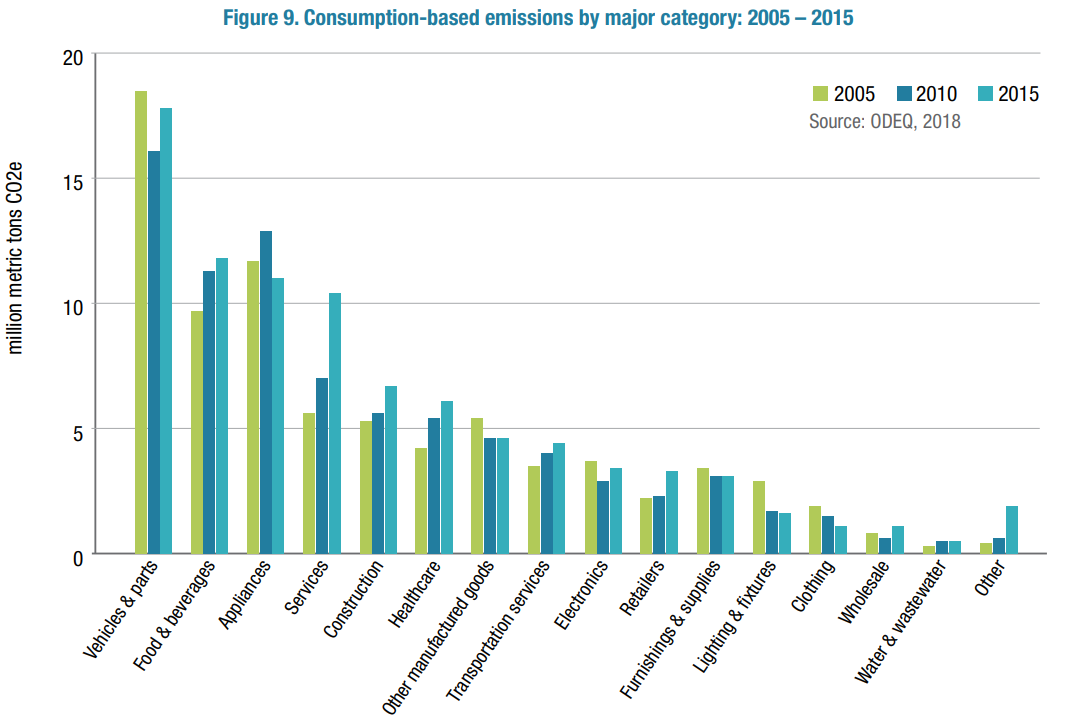



State Of Oregon Energy In Oregon Greenhouse Gas Emissions Data
In its Global Energy Review, published on Tuesday, the IEA found that global carbon emissions from energy use, which accounts for the great majority of greenhouse gas emissions, were on course to Greenhouse gas emissions in the United States dropped by an estimated 103% over the course of compared to the previous year, according to an analysis by the research firm Rhodium Group The decline was driven by COVID19related economic disruptions Emissions from various sectors including transportation, energy generation, industry Under the UN Kyoto Protocol, many industrialized nations around the world agreed to reduce their collective greenhouse gas emissions by about 5 percent of their 1990 amounts by 12 Although the goals of this agreement have not been met, the year 1990 remains an important point of reference for efforts to limit greenhouse gas emissions



1




Us Pledges To Slash Greenhouse Emissions Coffs Coast Outlook
Clean Energy US Emissions Dropped in 19 Here's Why in 6 Charts New data is out on America's greenhouse gas emissions, and there's good news and bad for the climate



Carbon Footprint Factsheet Center For Sustainable Systems



Epa Ghg Inventory Shows Us Ghg Down 1 7 Y O Y In 19 Down 13 From 05 Green Car Congress




The U S Has A New Climate Goal How Does It Stack Up Globally The New York Times
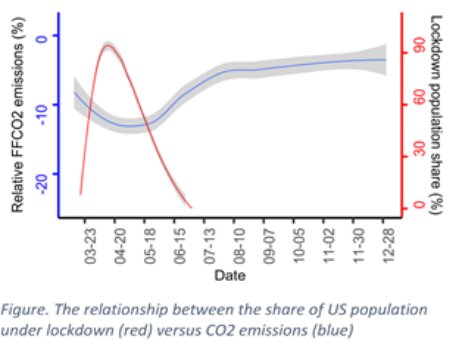



Three Times Greater Reductions In U S Greenhouse Gas Emissions Than Previously Reported
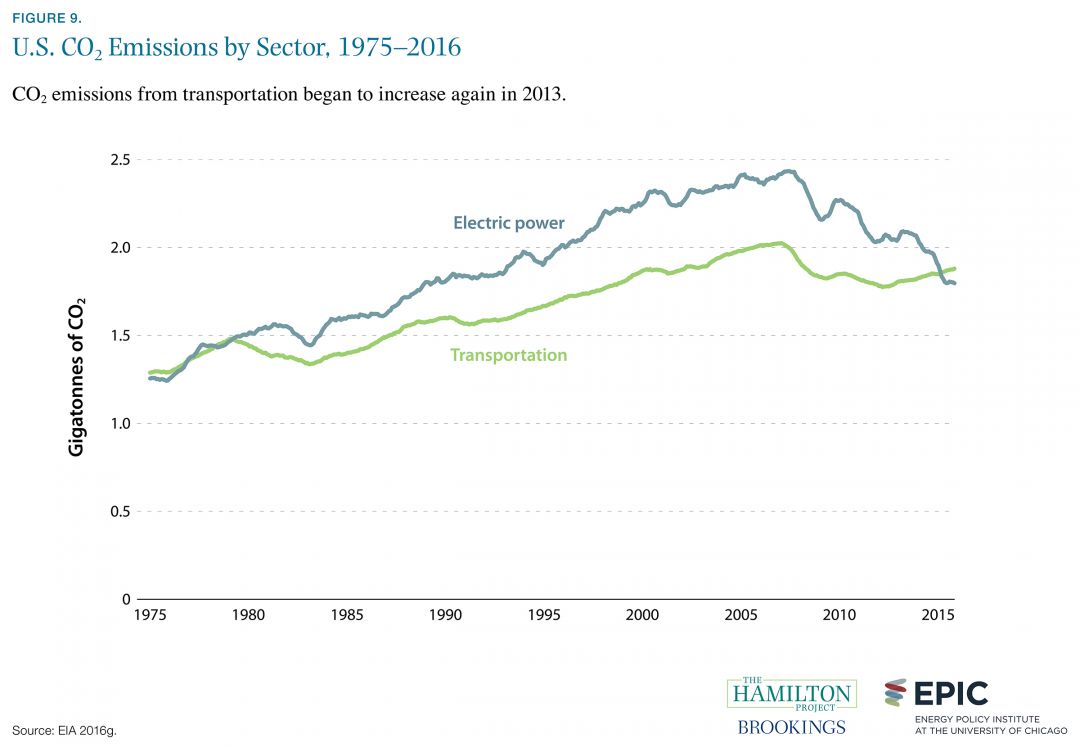



U S Carbon Dioxide Emissions By Sector 1975 16 The Hamilton Project



U S Greenhouse Gas Emissions Rising Again Defying Trump S Boasts Bnn Bloomberg
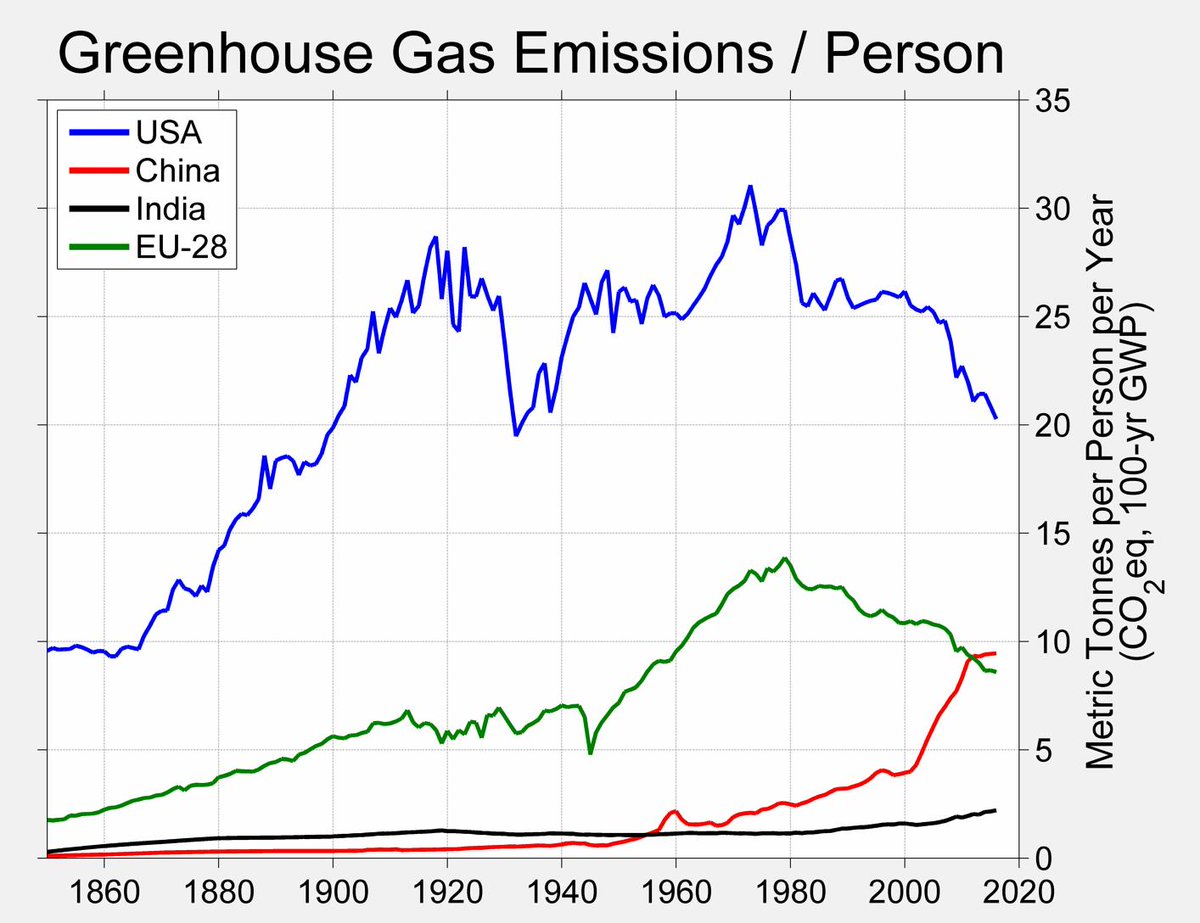



Dr Robert Rohde Ar Twitter Greenhouse Gas Emissions Per Person For The Usa China India And The Eu Since 1850 The Usa Has Had A High Per Person Rate Of Greenhouse Emissions
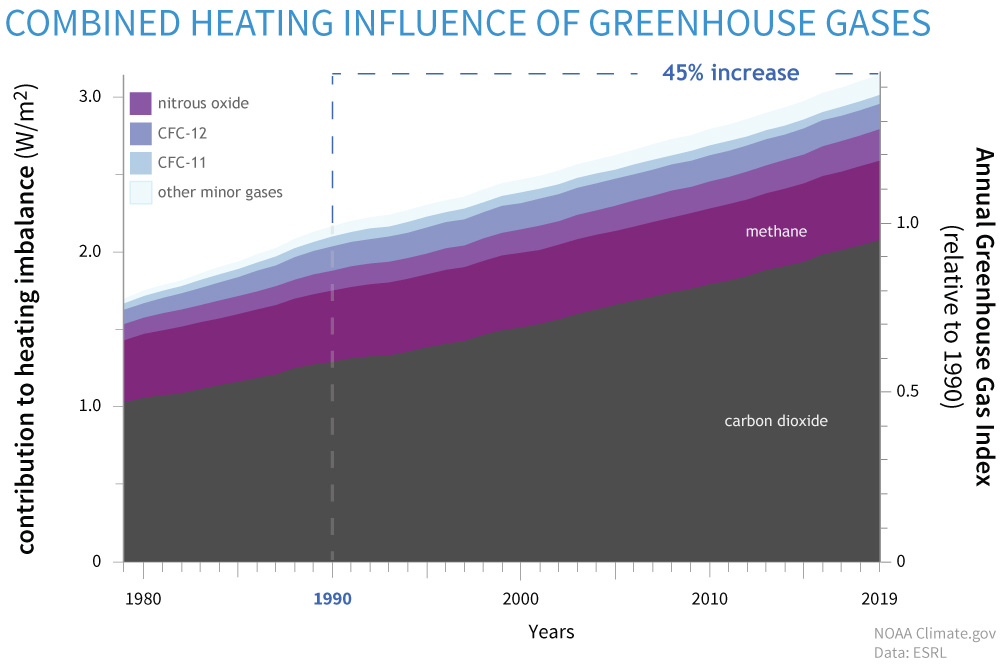



Climate Change Annual Greenhouse Gas Index Noaa Climate Gov




5 Charts Show How Your Household Drives Up Global Greenhouse Gas Emissions Pbs Newshour Weekend
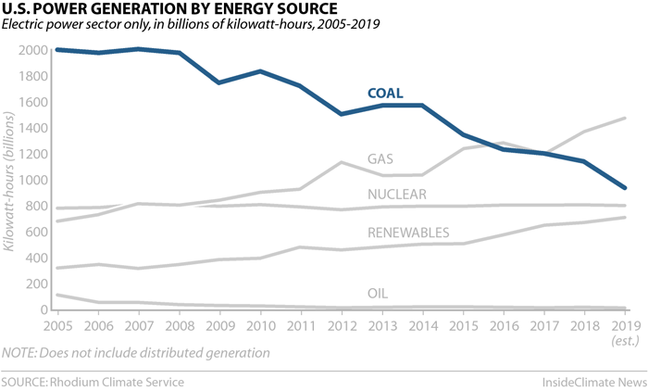



These 6 Charts Explain The Story Of U S Carbon Emissions Right Now Kqed




U S Greenhouse Gas Emissions Systems Based View Including Emissions Download Scientific Diagram




Energy And Greenhouse Gas Emissions Ghgs




Greenhouse Gas Emissions By The United States Wikiwand




U S Greenhouse Gas Emissions Rising Again Defying Trump Boasts Bloomberg
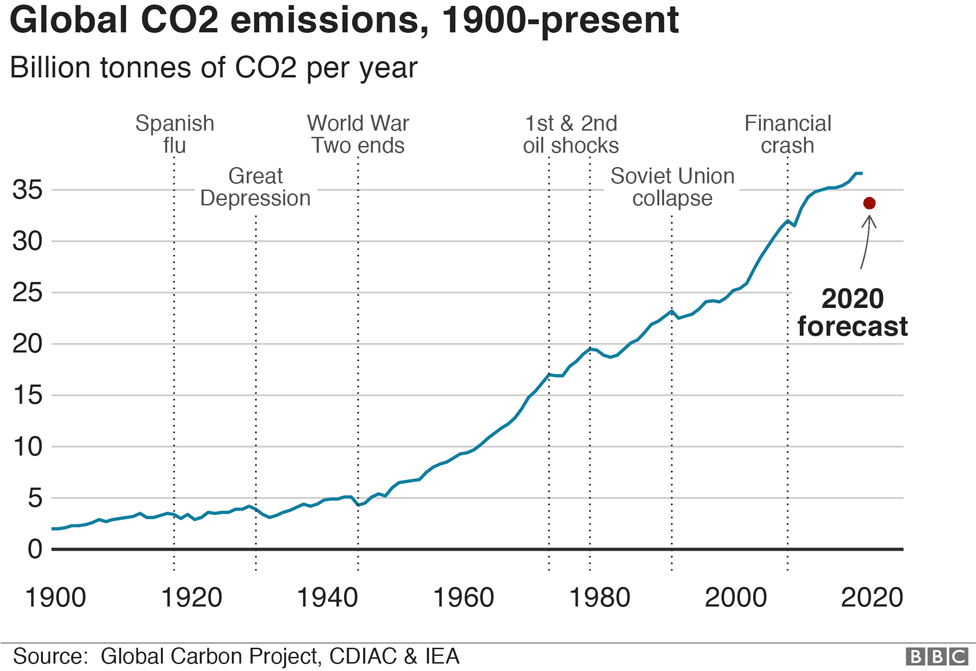



Climate Change And Coronavirus Five Charts About The Biggest Carbon Crash c News




Indicator Greenhouse Gas Emissions Umweltbundesamt



The Unassuming Economist Sources Of Us Greenhouse Gas Emissions
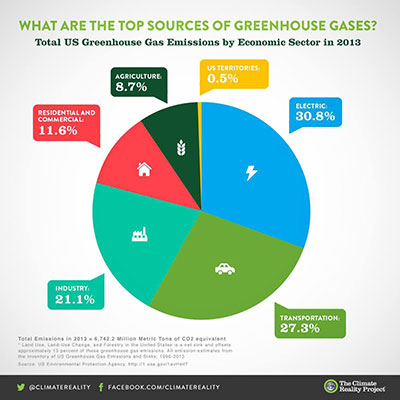



Agriculture Causes Less Emissions Than Transportation



Greenhouse Gas Emissions By The United States Wikipedia
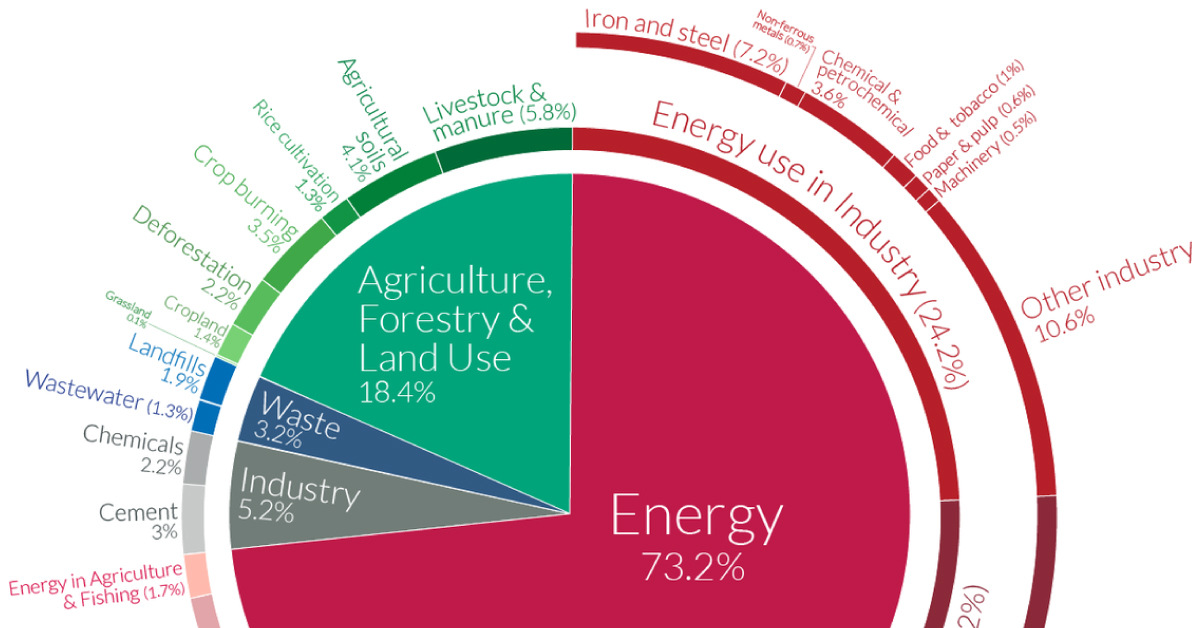



A Global Breakdown Of Greenhouse Gas Emissions By Sector



Howarth Lab Fossil Fuel Emissions




Report The U S Military Emits More Co2 Than Many Industrialized Nations Infographic




U S Emissions Dropped In 19 Here S Why In 6 Charts Inside Climate News
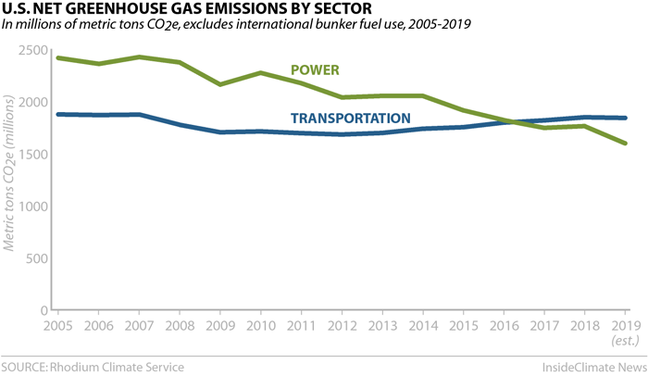



These 6 Charts Explain The Story Of U S Carbon Emissions Right Now Kqed



Data Highlights 41 U S Carbon Dioxide Emissions Down 11 Percent Since 07 Epi
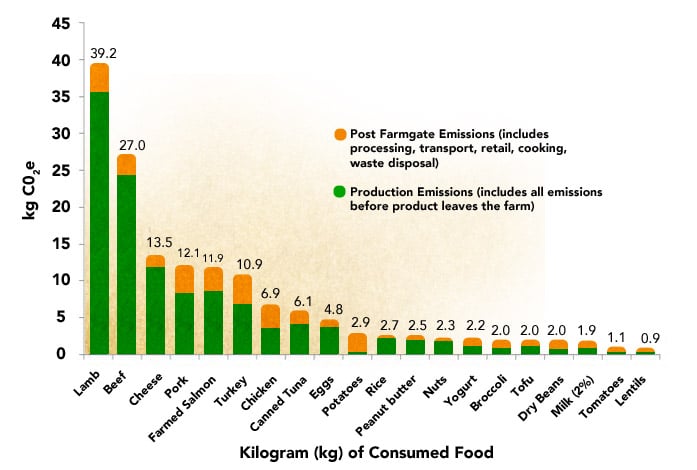



The Impacts 11 Meat Eaters Guide Meat Eater S Guide To Climate Change Health Environmental Working Group




U S Energy Related Co2 Emissions Increased In 18 But Will Likely Fall In 19 And Today In Energy U S Energy Information Administration Eia
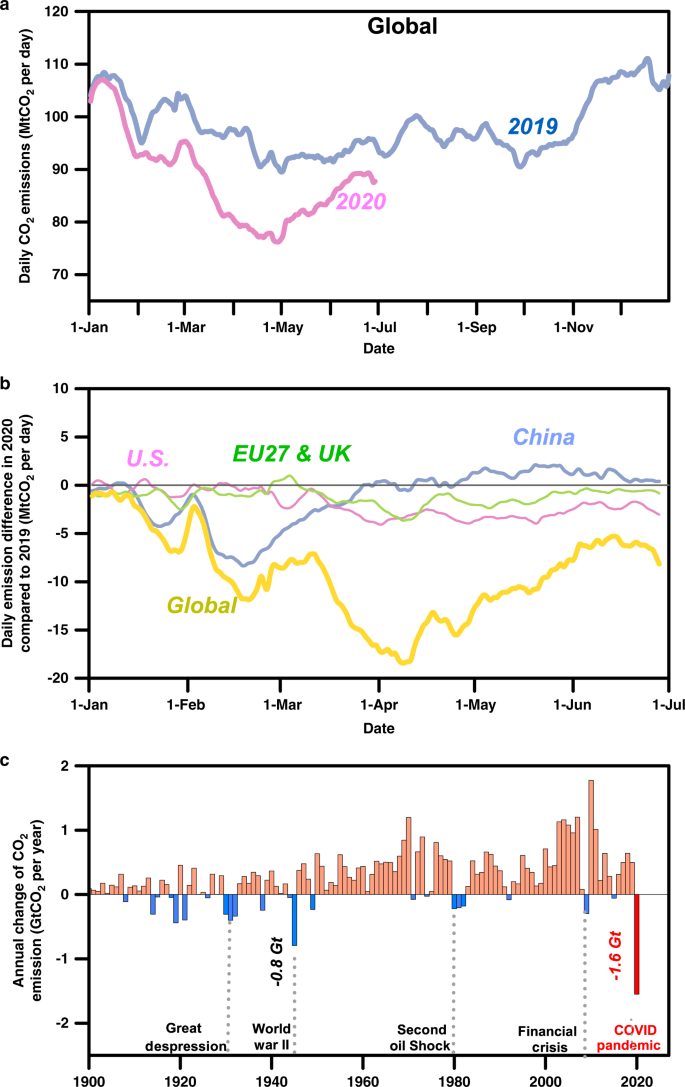



Near Real Time Monitoring Of Global Co 2 Emissions Reveals The Effects Of The Covid 19 Pandemic Nature Communications
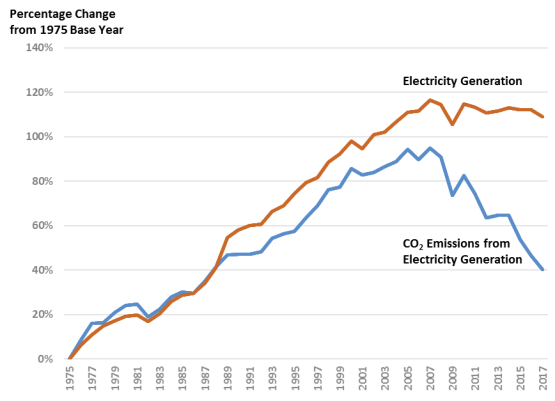



U S Carbon Dioxide Emissions In The Electricity Sector Factors Trends And Projections Everycrsreport Com




Climate Change And Basic Living Prezentaciya Onlajn
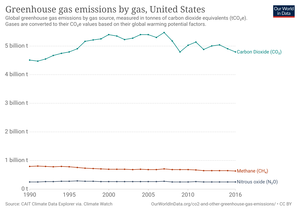



Greenhouse Gas Emissions By The United States Wikipedia



Emissions By Sector Our World In Data




How Digital Innovation In Oil Amp Gas Can Reduce Carbon Emissions
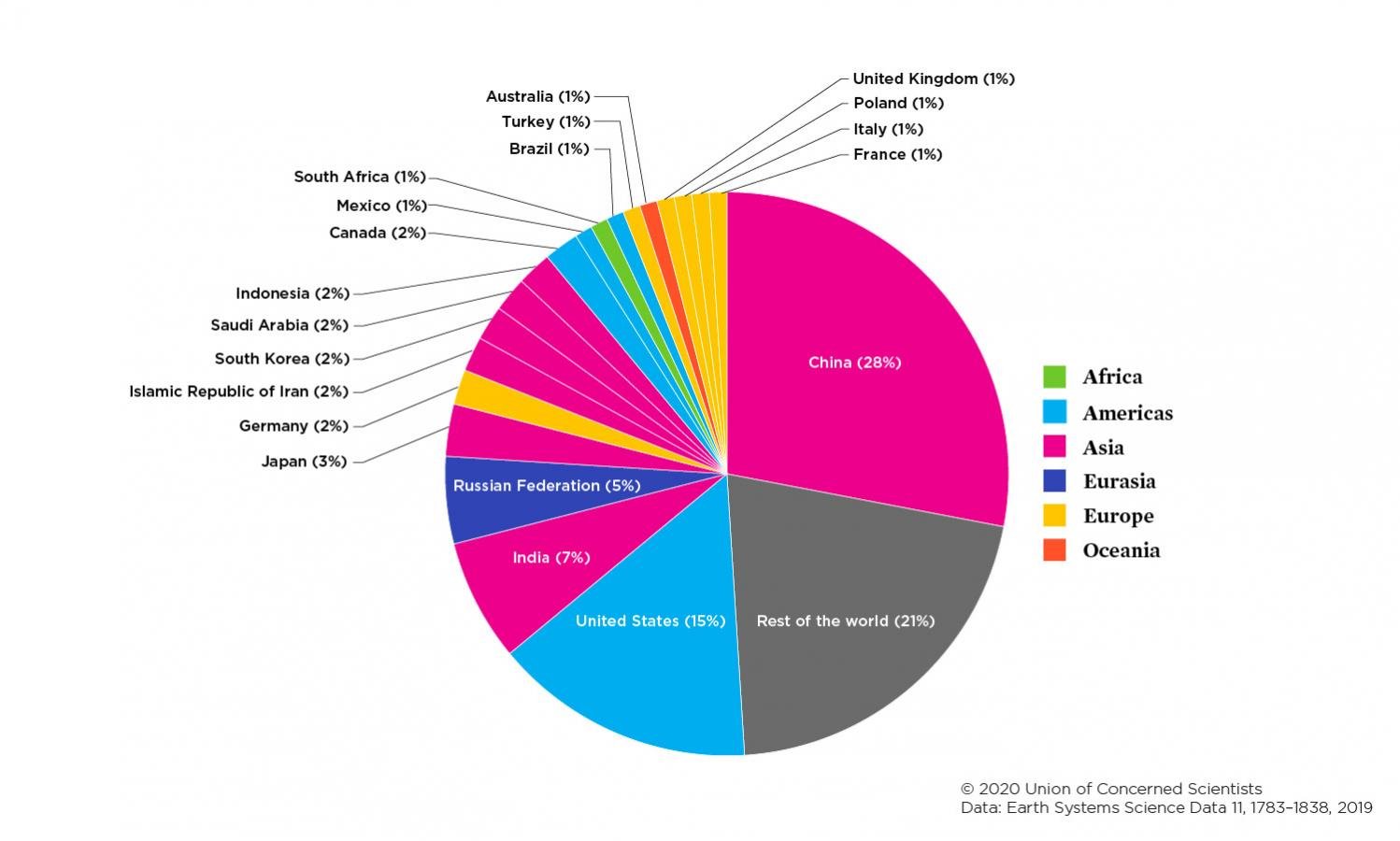



Each Country S Share Of Co2 Emissions Union Of Concerned Scientists




Sources Of Greenhouse Gas Emissions Us Epa
/media/img/posts/2021/01/_preview/original.png)



What S Bizarre Economy Taught Us About Climate Change
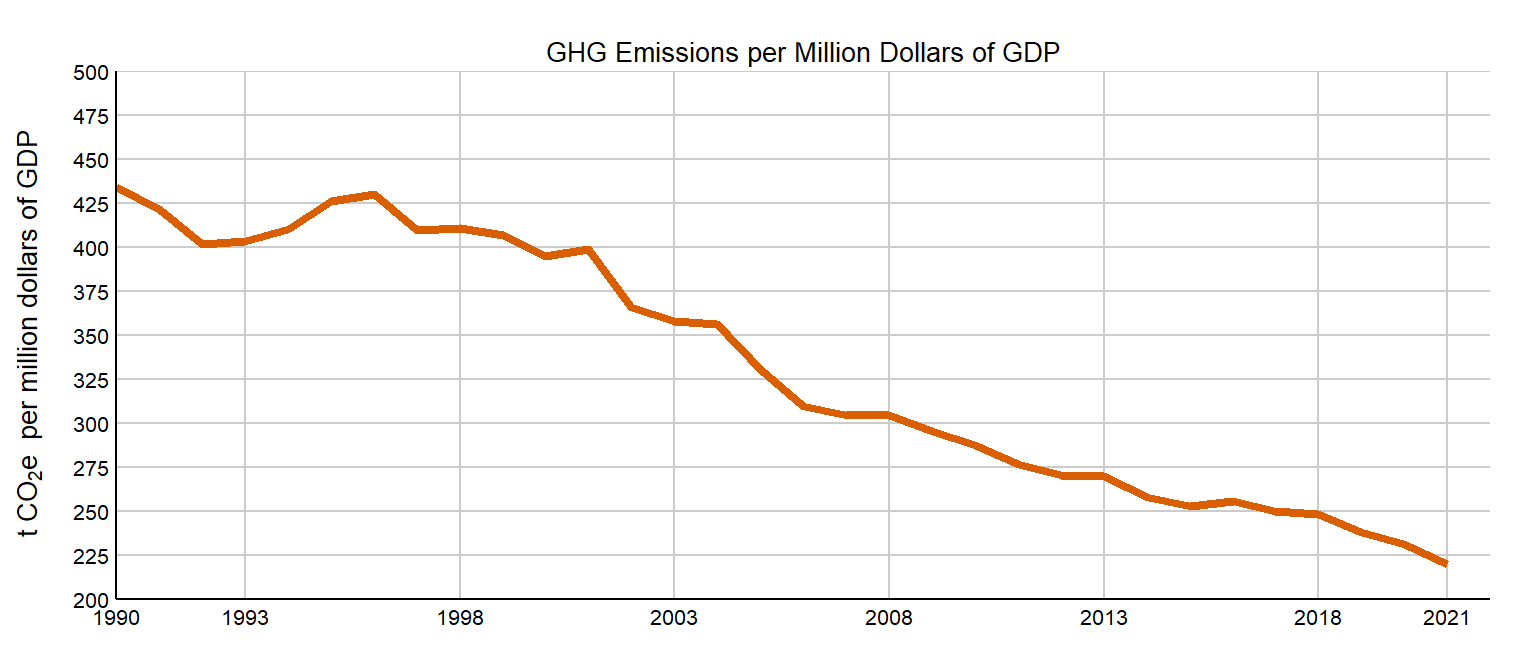



Ghg Emissions Environmental Reporting
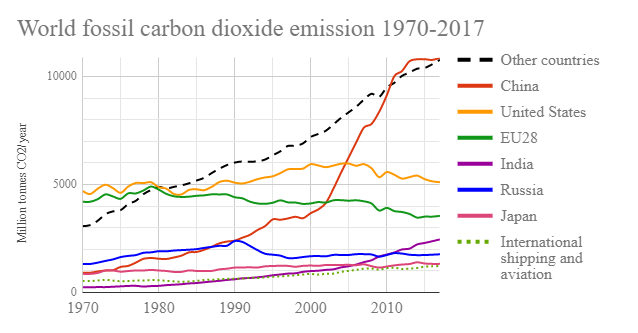



Greenhouse Gas Emissions From The Energy Sector Geog 438w Human Dimensions Of Global Warming
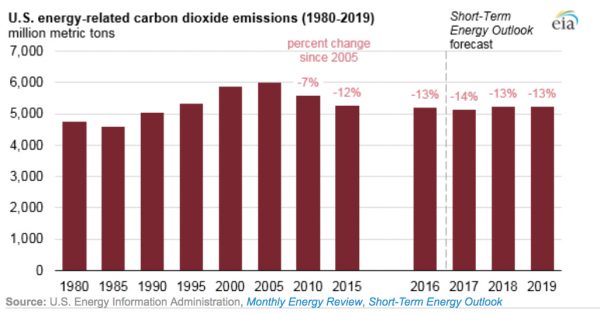



Eia U S Carbon Emissions Fall Again In 17 Mainly Because Of Natural Gas




U S Emissions Dropped In 19 Here S Why In 6 Charts Inside Climate News
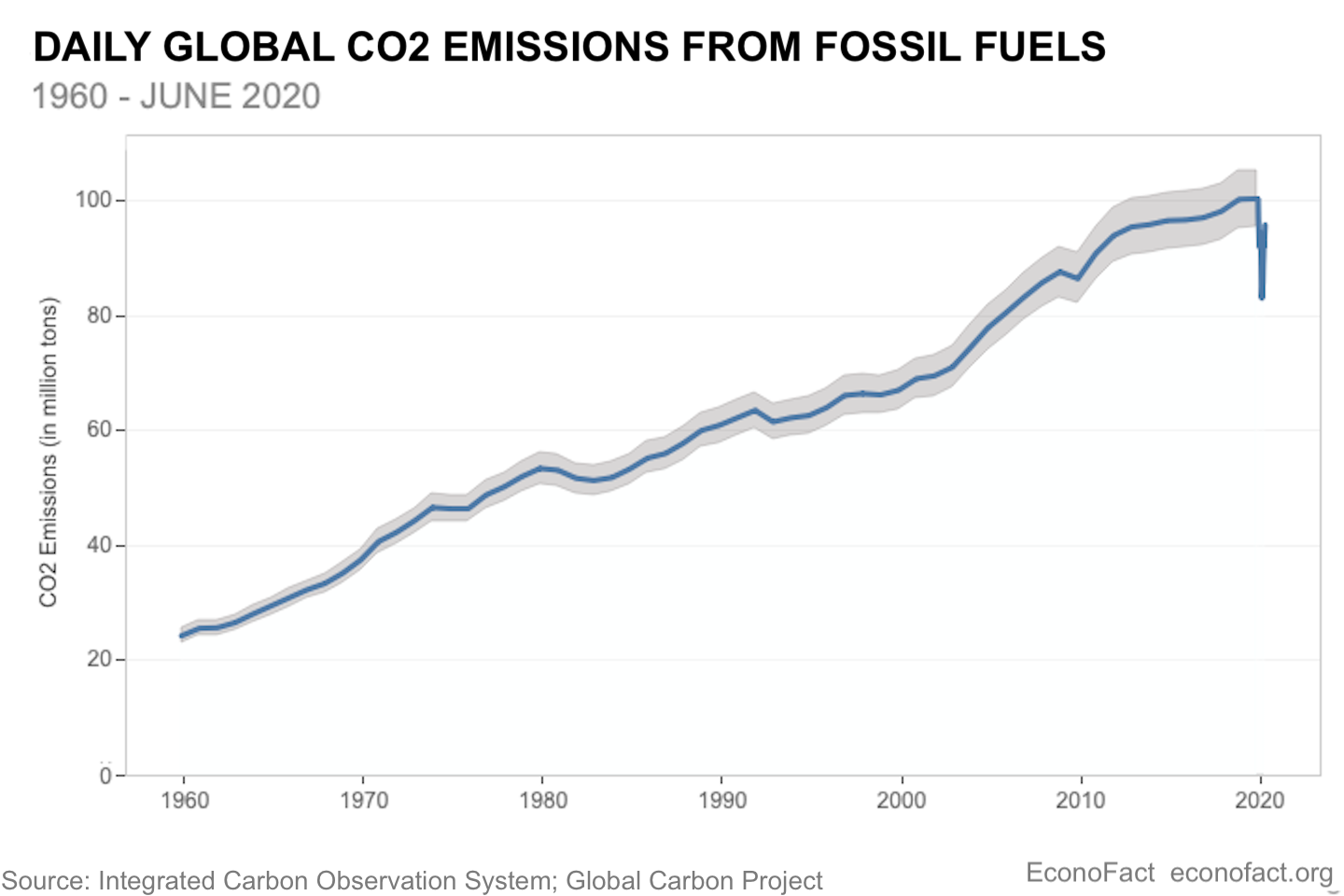



The Effect Of Covid 19 On Co2 Emissions Econofact
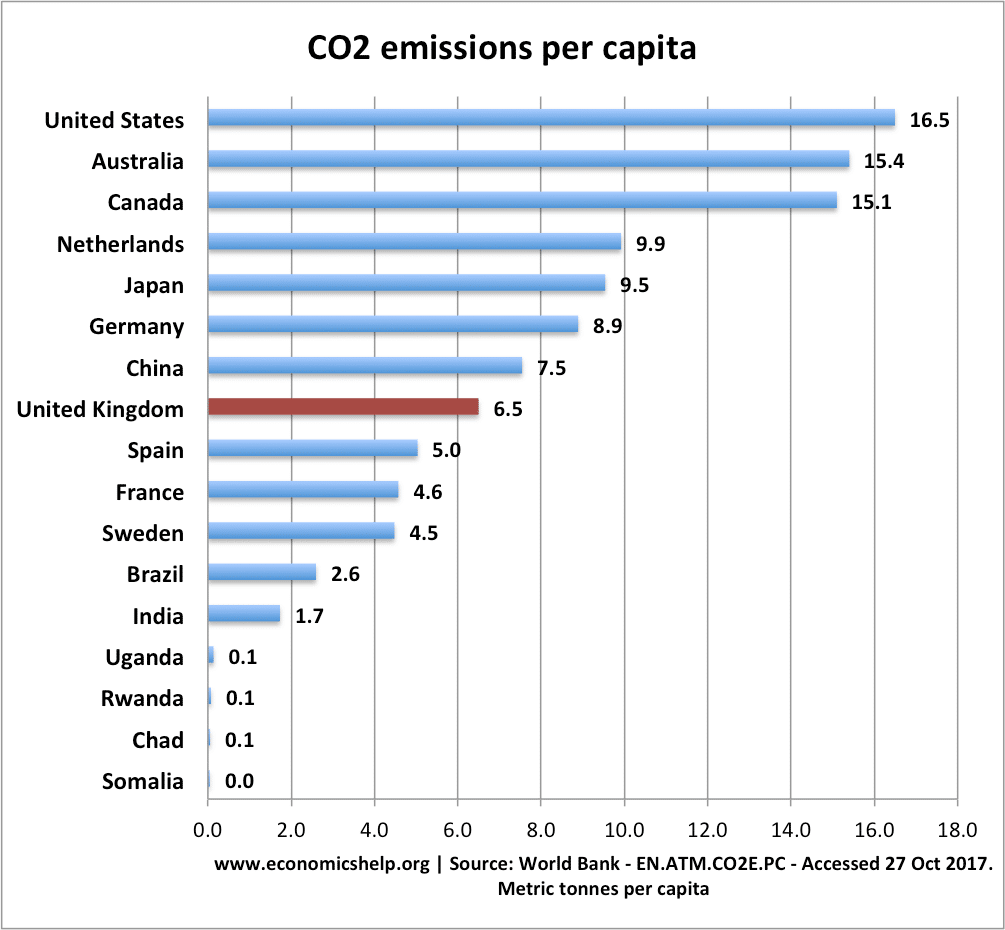



Top Co2 Polluters And Highest Per Capita Economics Help




Greenhouse Gas Emissions Up From Transportation Sector Michigan Radio



Co And Greenhouse Gas Emissions Our World In Data
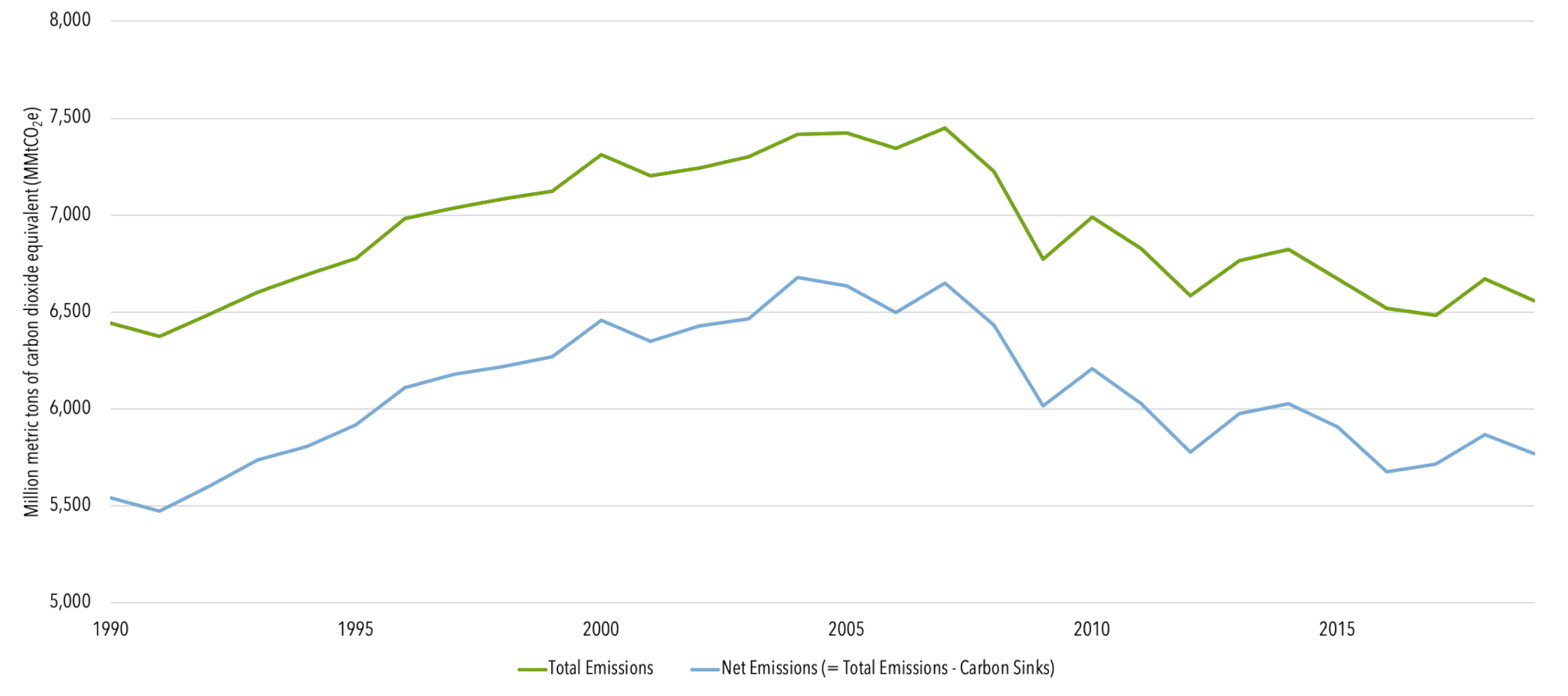



U S Emissions Center For Climate And Energy Solutions
/cdn.vox-cdn.com/uploads/chorus_asset/file/13677383/Screen_Shot_2019_01_07_at_12.53.26_PM.png)



Us Carbon Emissions Are Rising Again After Years Of Decline Vox
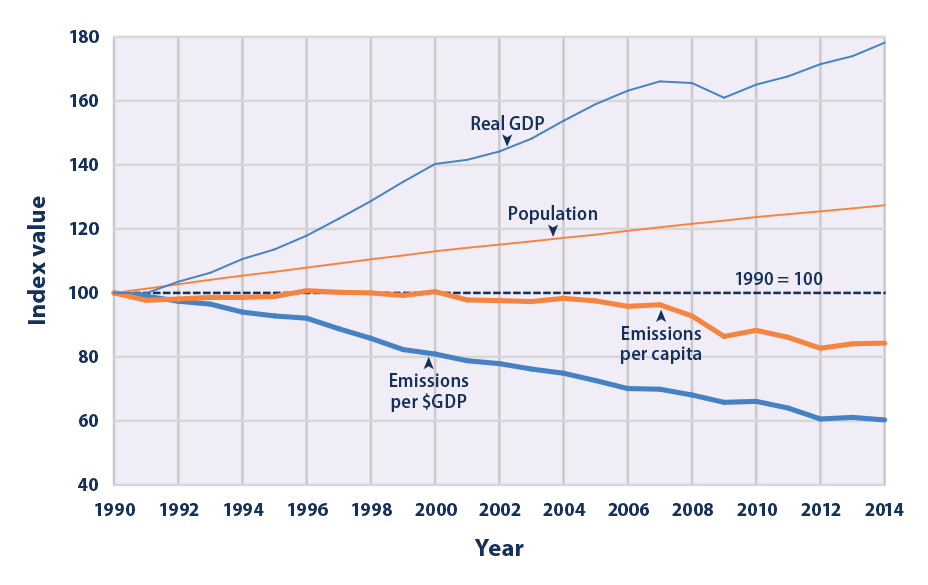



Climate Change Indicators U S Greenhouse Gas Emissions Climate Change Indicators In The United States Us Epa




Chart Of The Day These Countries Have The Largest Carbon Footprints World Economic Forum
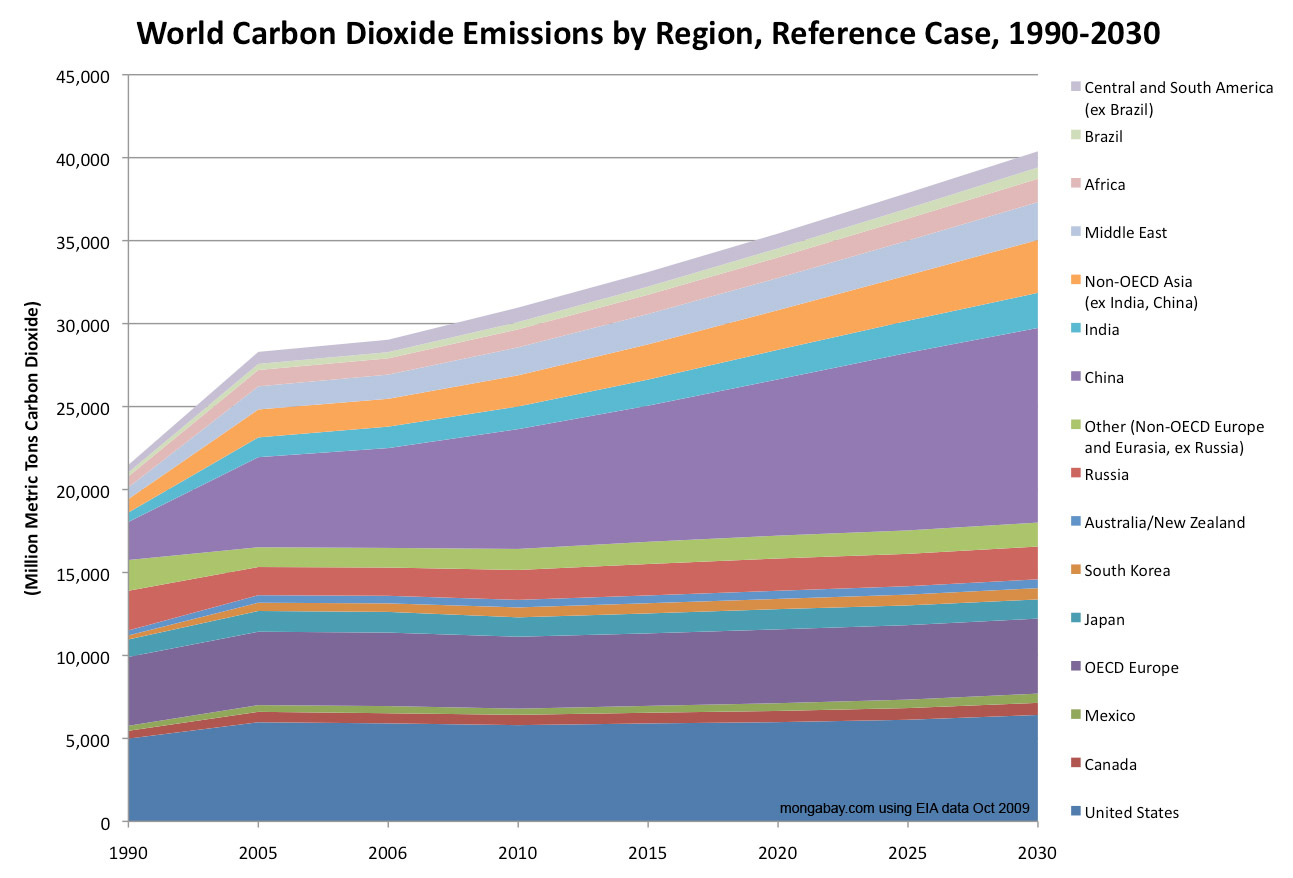



Carbon Dioxide Emissions Charts




Us Emissions Rise The Least Since Second World War During Pandemic Financial Times



Chart China Beats U S Europe In Combined Greenhouse Gases Statista




Sources Of Greenhouse Gas Emissions Greenhouse Gas Ghg Emissions Us Epa



1



3
.png)



Agriculture Accounts For 10 Of U S Greenhouse Gas Emissions Beef2live Eat Beef Live Better




Inventory Of U S Greenhouse Gas Emissions And Sinks Greenhouse Gas Ghg Emissions Us Epa Greenhouse Gas Emissions Greenhouse Gases Ghg Emissions
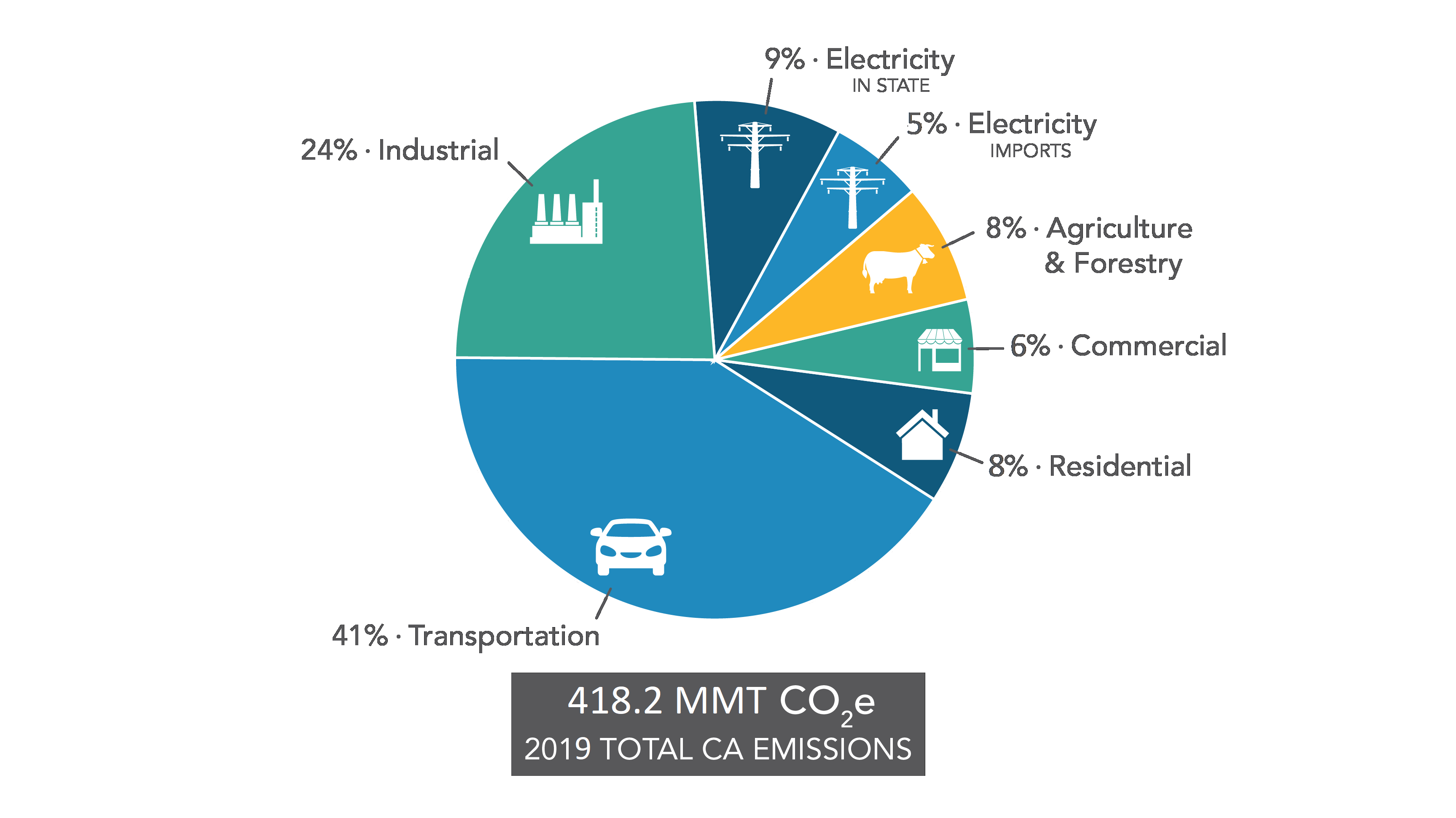



Ghg Emission Inventory Graphs California Air Resources Board
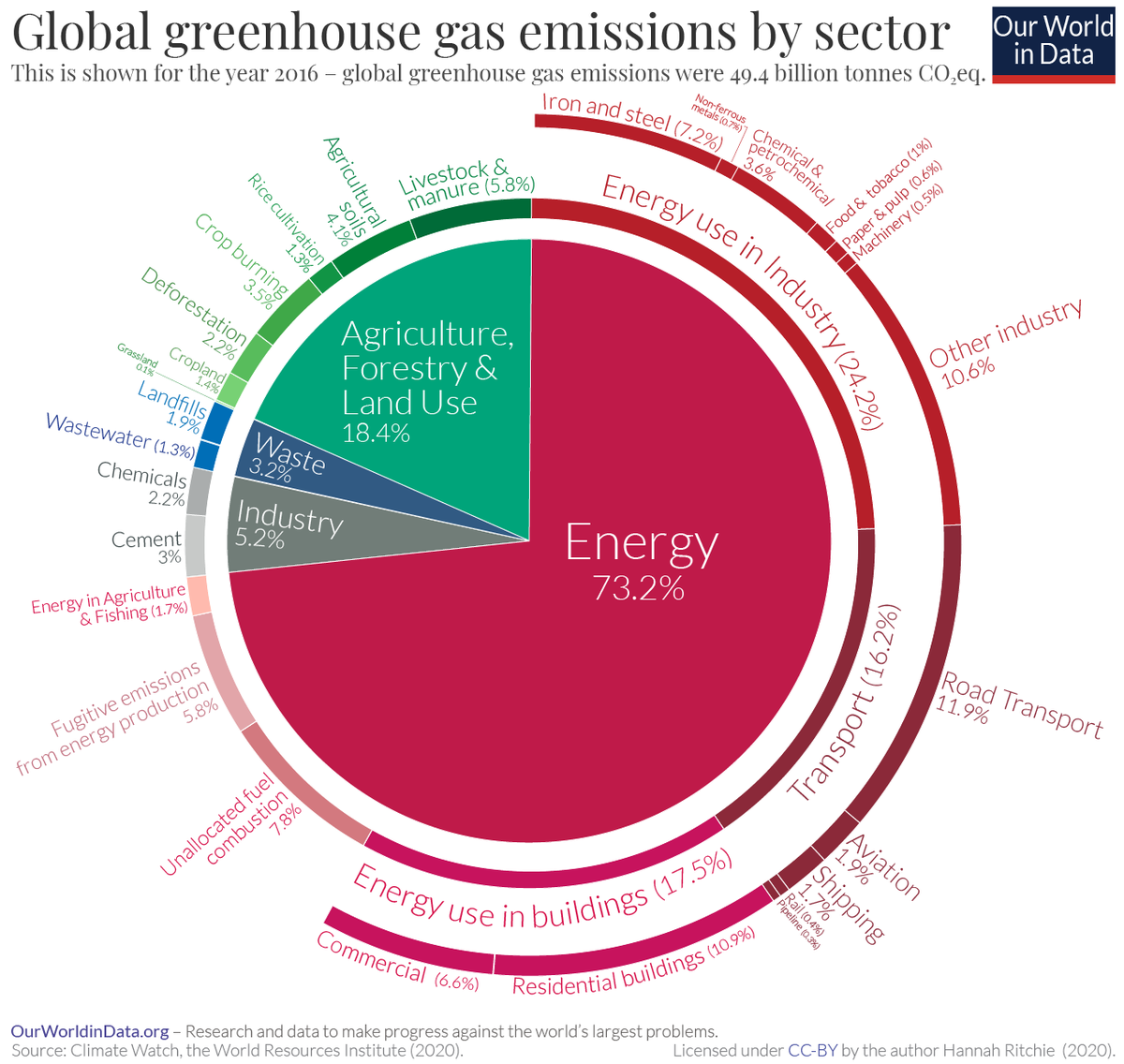



A Global Breakdown Of Greenhouse Gas Emissions By Sector
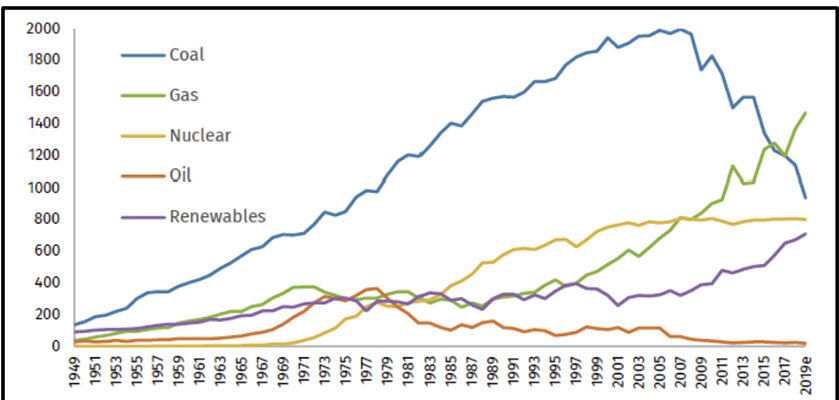



No Progress Made To Reduce U S Greenhouse Gas Emissions Ecori News
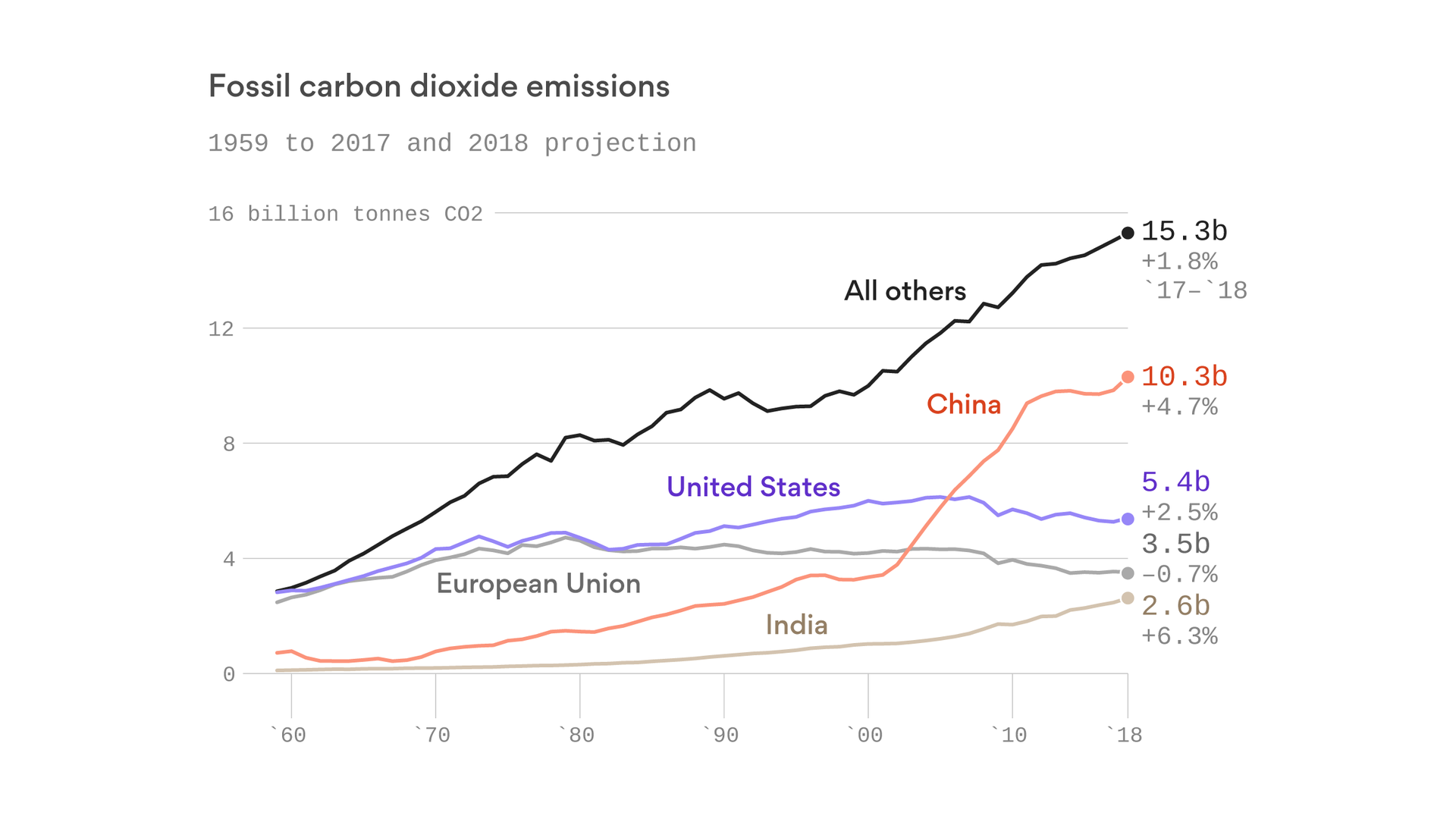



The Countries That Pushed Carbon Emissions To Record Levels Axios



Fas Org Sgp Crs Misc R Pdf




Co2 Emissions United States Statista



Data Highlights 41 U S Carbon Dioxide Emissions Down 11 Percent Since 07 Epi




Global Emissions Center For Climate And Energy Solutions
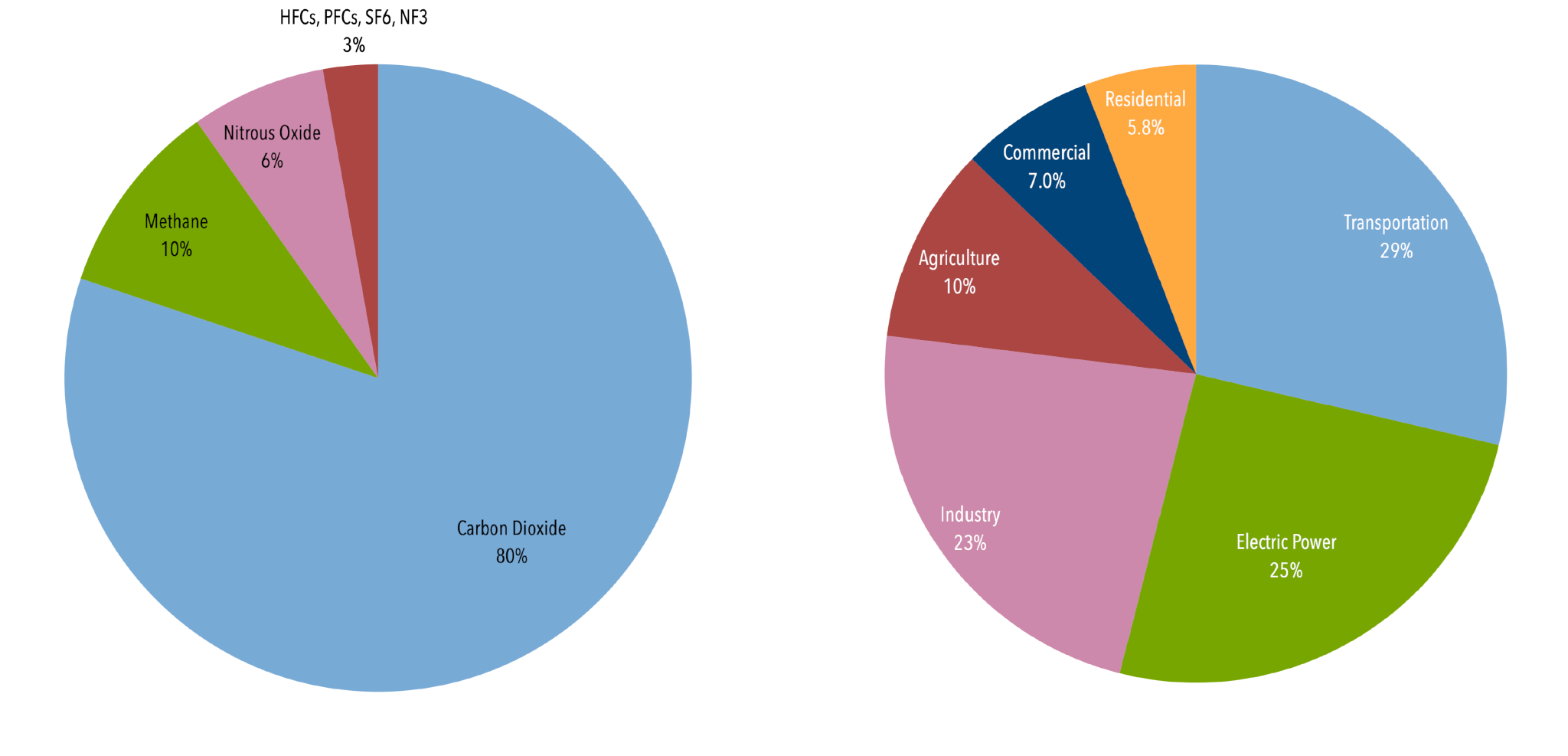



U S Emissions Center For Climate And Energy Solutions




U S Greenhouse Gas Emissions Flow Chart Visual Ly
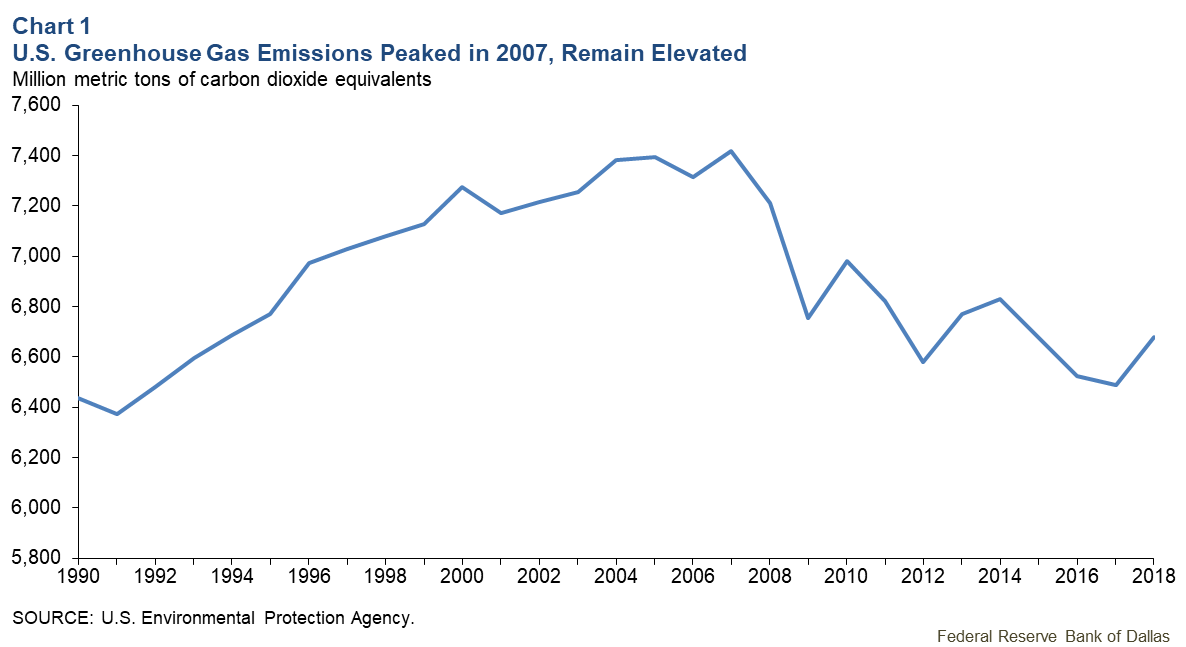



What Is The U S Oil Industry Doing About Greenhouse Gas Emissions Dallasfed Org




Emissions Sources Climate Central




U S Energy Related Co2 Emissions Fell 1 7 In 16 Today In Energy U S Energy Information Administration Eia




Final Us Emissions Numbers For 17 Rhodium Group



1




Rebalance Measure Your Ghg Footprint




Have Greenhouse Gas Emissions From Us Energy Production Peaked State Level Evidence From Six Subsectors V3 Preprints




U S Greenhouse Gas Emissions Flow Chart Ghg Emissions Greenhouse Gases Climate Change
.png)



Greenhouse Gas Emissions From Waste Products Eurostat News Eurostat




Total U S Greenhouse Gas Emissions By Economic Sector In 16 U S Download Scientific Diagram
.png)



Fact Sheet The Growth In Greenhouse Gas Emissions From Commercial Aviation White Papers Eesi




Co2 Emissions United States Statista




Climate Change Indicators U S Greenhouse Gas Emissions Us Epa
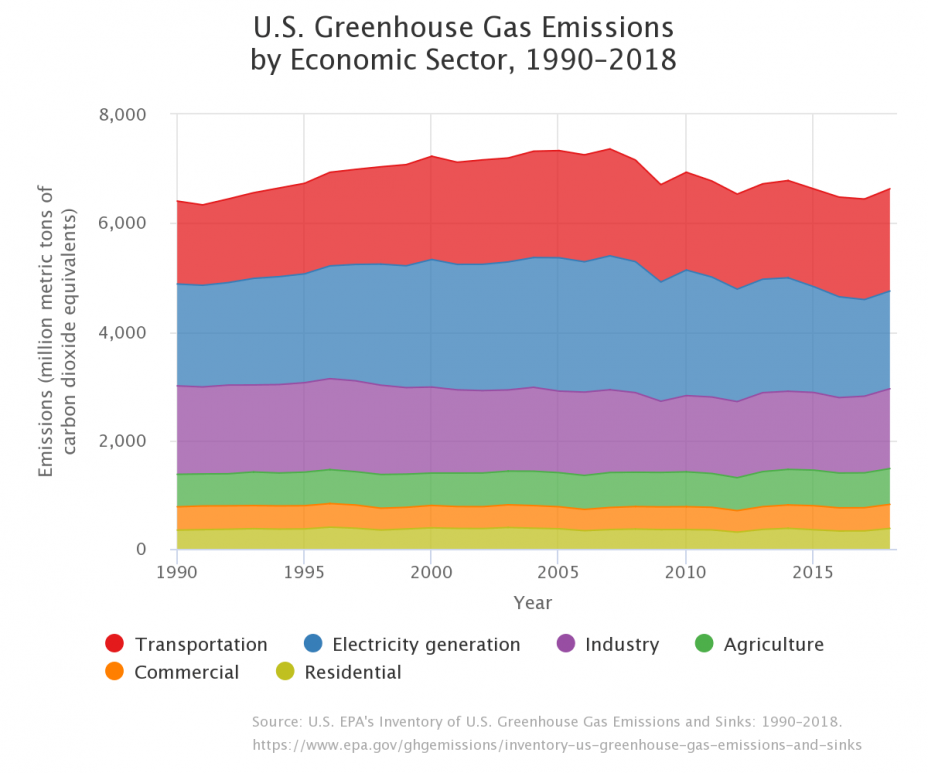



Inventory Of U S Greenhouse Gas Emissions And Sinks Greenhouse Gas Ghg Emissions Us Epa



0 件のコメント:
コメントを投稿